Breast Cancer Wardrobe Guide 101
Our good friend Christie Mangir, shares her ultimate wardrobe list for prepping for breast cancer treatments, surgeries and other related procedures. She is the ultimate fighter and has made it her professional and personal mission to give back to the breast cancer community.

When I was diagnosed with breast cancer last year, I knew that a lot of things in my life would change during treatment. What I didn’t expect to drastically change was my wardrobe - that came as a surprise. I’ve learned that each stage of treatment comes with different comfort and wardrobe challenges for cancer patients. When we have SO many other important details and logistics to consider, like medications, side effects, and appointments, the last thing we need to be stressed about is what we’re going to wear.
So as we kick off the new year, here’s my wardrobe survival checklist for the common treatments and surgeries we you may be facing with breast cancer:
Clothing Tips for Chemotherapy Infusions
My first stage of treatment was chemotherapy. A few weeks prior to starting my infusions, I had a minor surgery to place a port in the upper right part of my chest. On infusion day, I would be hooked up to an IV via my port for five-six hours at a time. I was also cold capping to prevent hair loss during chemo, so while I was receiving my chemo infusions, I had sub-zero ice caps on my head for about eight hours straight. More and more patients are cold capping to preserve their hair during chemo. This is an amazing treatment available to patients, however it can present one more logistical challenge because you need to find clothes that will allow port access but also keep you really warm while you’re extremely cold from the ice caps.
Christie’s wardrobe tips for preparing for chemotherapy infusions:
- Avoid tight clothing clothing around port area: It can take a few weeks or even a few months to get used to your port so it may be sensitive at first.
- Wear IV accessible clothing: this makes it easier for your medical team to hook you up to the IV and make the experience more comfortable overall (I wish I had known about Care+Wear’s Port Access Shirts during my own treatment!). If you are on a PICC, Care+Wear also offers PICC Line Covers.
- Dress in warm layers (if you are cold capping): make sure they are removable for easy port or PICC access during infusion. Blanket scarves and heated blankets can also be layered on top after you’ve been hooked up to the IV.
- Avoid tight waistbands: especially if you’re easily prone to nausea during chemotherapy.
Wardrobe Essentials for Post-Surgery Recovery
A lot of my prep for my surgery actually revolved around clothing. I had a double mastectomy with immediate reconstruction, an intense eight hours which involved removing all of my breast tissue, lymph nodes from my armpit, and inserting implants underneath my pectoral muscle. I joke that I had T-Rex arms after surgery; I couldn’t move my upper arms, brush my hair, lift anything, or put my arms over my head for weeks. I needed to wear special bras that compressed my chest and could open in the front. I needed to solely wear button-down or zip-up shirts for at least a month.
For the first two weeks after surgery, I had drains coming out of my chest to capture excess fluid, and I needed to either insert removable pockets to the inside of my shirt, buy special shirts and robes that would hold the drains, or safety-pin the drains to the inside of my shirt. I did my research and knew most of this going into surgery, so a lot of my pre-surgery prep included preparing my wardrobe for the next month so I wouldn’t have to think about it while I was trying to recover.
Christie’s wardrobe tips for preparing for and post-surgery:
- Consult with your surgeon: ask what physical restrictions you will experience post-surgery that may impact your day-to-day life and your wardrobe.
- Plan out what clothes you’ll be able to wear post-surgery: store in an accessible drawer or closet space to be ready to go come surgery day. Because I wasn’t able to lift my arms over my head for a while, I found the lower section of my closet easily reachable.
- Try a recovery bra: Care+Wear offers Post Surgical Recovery Bras, that are designed to be used immediately after surgery to help the healing process.
- Consider silk or satin pajama pants: if you will have trouble getting yourself out of bed or off the couch after surgery. When I couldn’t use my arms to get myself out of bed, I lived in silk pajama pants for weeks after surgery because I could more easily slide down from wherever I was sitting.
What to wear during radiation treatment for breast cancer
A few months after my surgery, I started radiation therapy. For me, this stage was much easier than chemo and surgery. However, one of the most challenging parts of radiation had to do with my wardrobe. After the first few weeks of radiation, my irradiated skin became highly sensitive, and eventually, it was burned and peeling. This made it difficult for me to find shirts to wear. I couldn’t wear a bra, and needed to find shirts that did not rub up against the most sensitive areas of my skin. I was putting a layer of Calendula lotion or Aquaphor on my skin three-four times daily, which quickly stained my shirts.
Christie’s wardrobe tips for getting through radiation therapy:
- Wear clothes that are very soft and loose against the treated skin: depending on what body parts are undergoing radiation therapy, you may be highly sensitive, and soft fabrics will be less irritating. You may even want to wear a size or two larger than what you normally wear in order to give your skin some room to breathe.
- Opt for soft bras with wide straps: if you are undergoing upper body radiation, you may find your bras to be uncomfortable during radiation. Bras with wide straps and no underwire won’t dig into or rub against your skin and breathable fabrics will allow for optimal comfort.
- Consider silicone nipple covers as a bra alternative: this may be a better option if the bra doesn’t work for you.
- Wear clothing you don’t mind ruining during radiation: for me, the lotions that worked best on my skin also ruined my shirts. I chose about five-six shirts that were soft, loose, and comfortable and rotated those for the six weeks I lived under a layer of Aquaphor.
About The Author
Christie Mangir is a breast cancer survivor, co-founder of Tx Tracker, and blogger. Through her experience with cancer treatment, she was inspired to createTx Trackerto make it easier for patients to track their treatment experience and share with their medical teams to improve treatment, quality of life, and outcomes. Christie is also the creator of the Survivorship Starts Now blog, focused on cancer survivorship from diagnosis through treatment and beyond. She is passionate about supporting fellow patients and improving the treatment experience.

Looking for more information on products that can support your treatment?
Care+Wear Products:
Related Blog Posts:



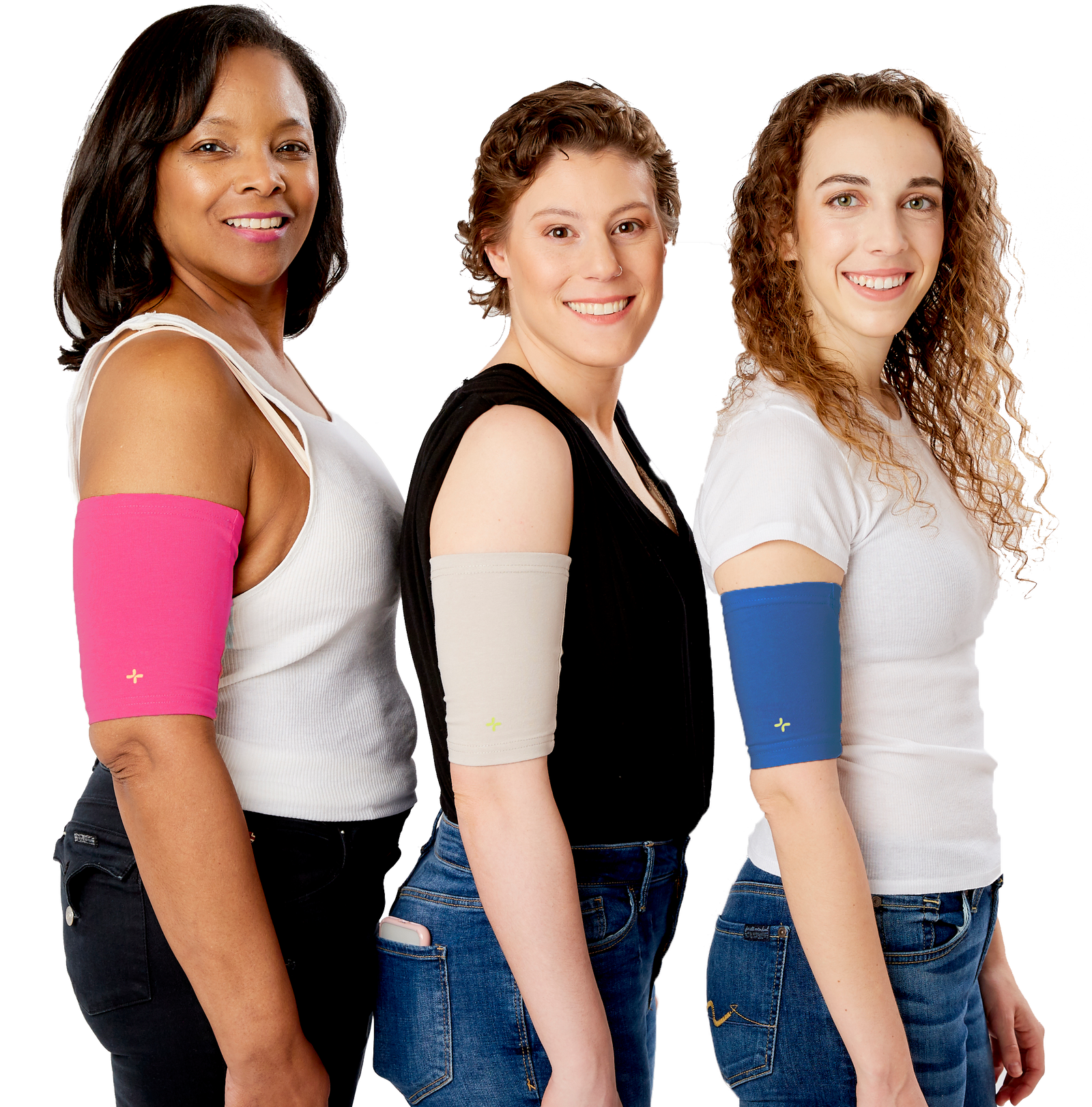
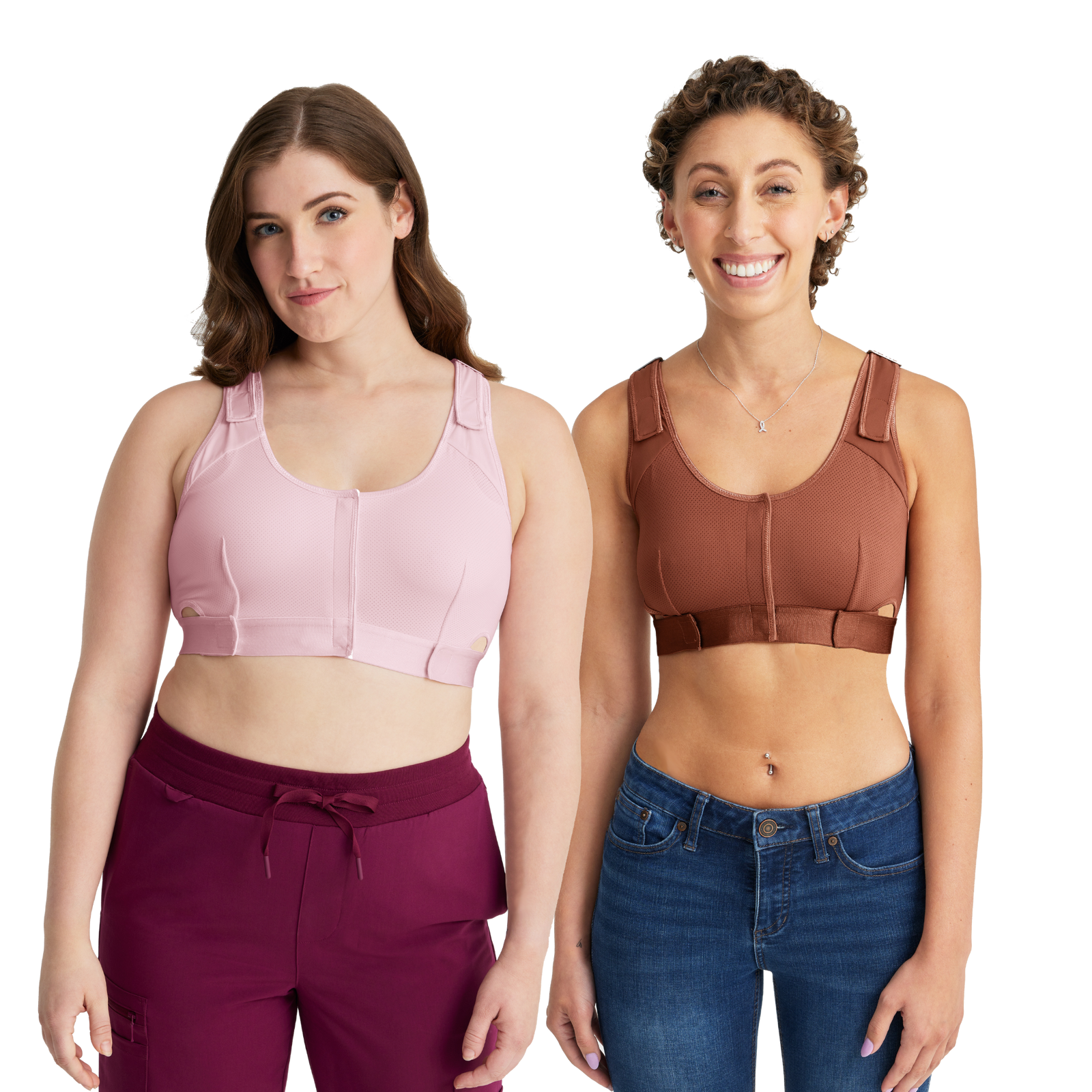
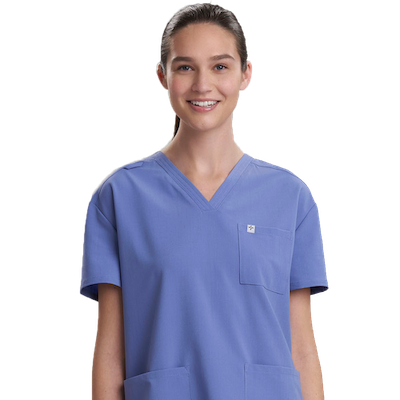
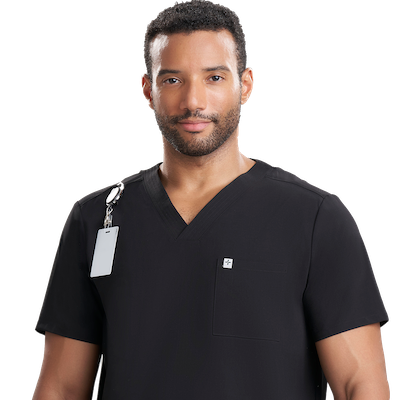
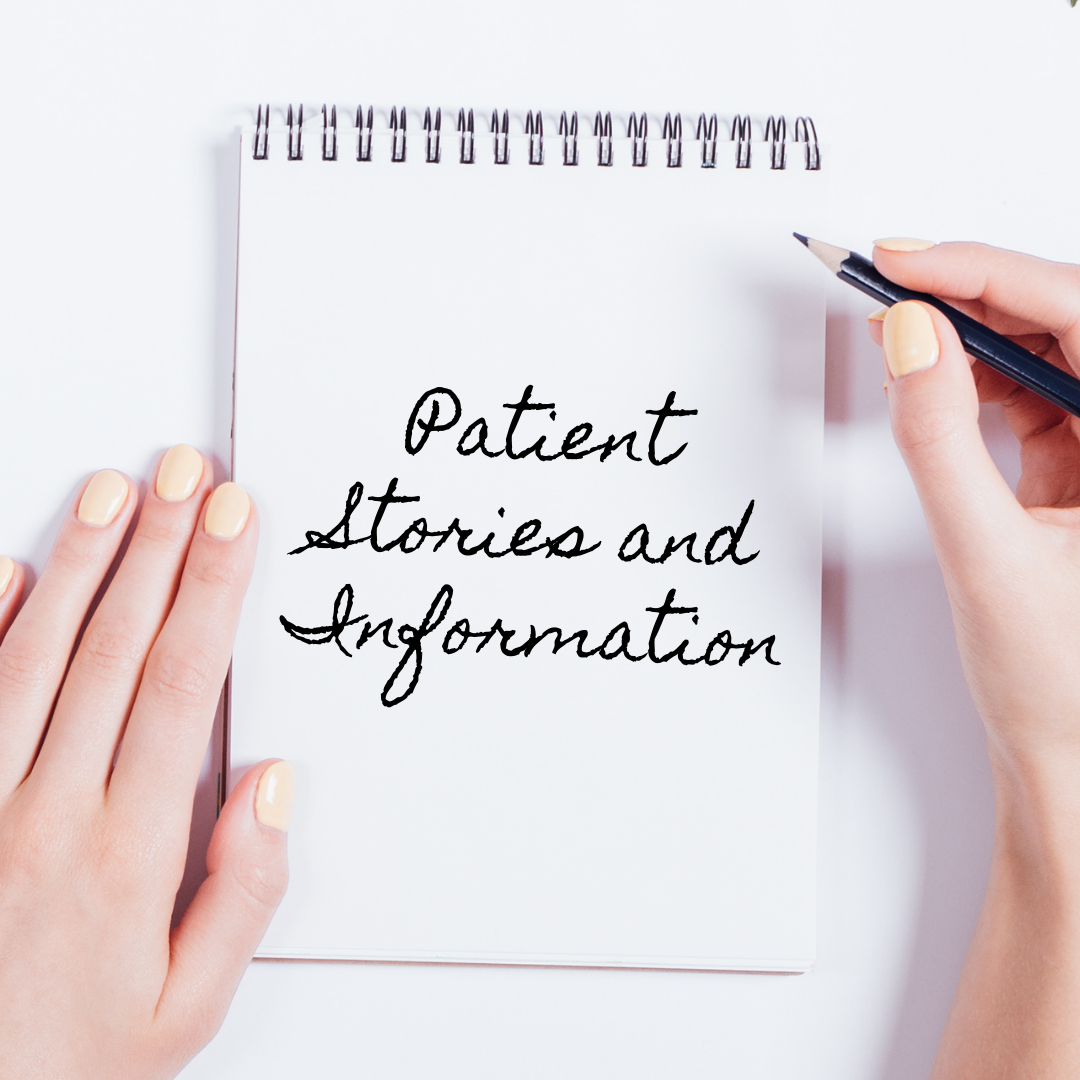
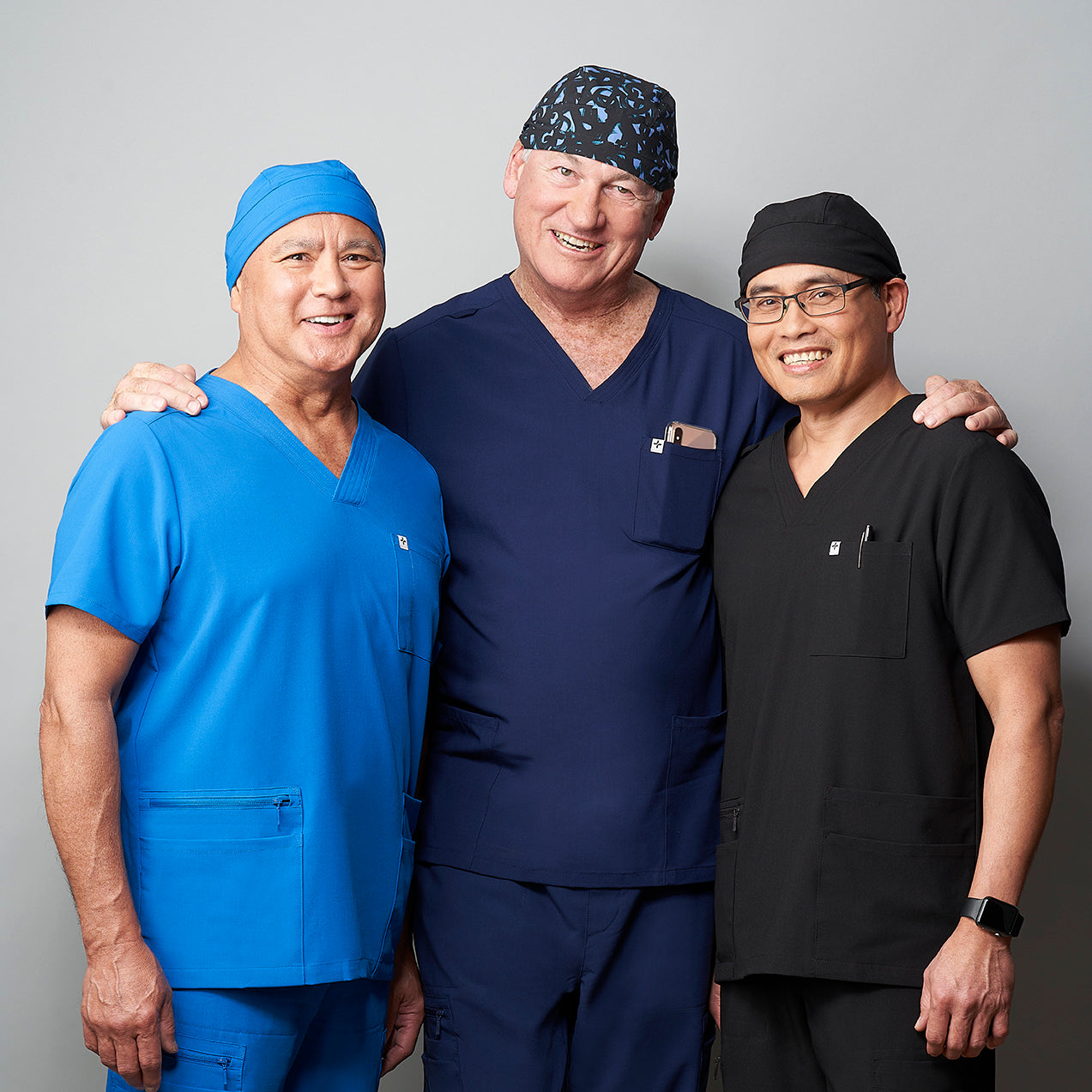

Donna Bennetr
April 19, 2022
Great information about aquaphor staining tops! When going for treatment are button ups or pullover tops better? I guess I’m concerned about my arm mobility. After my surgery it was an issue for awhile,
Thank you,